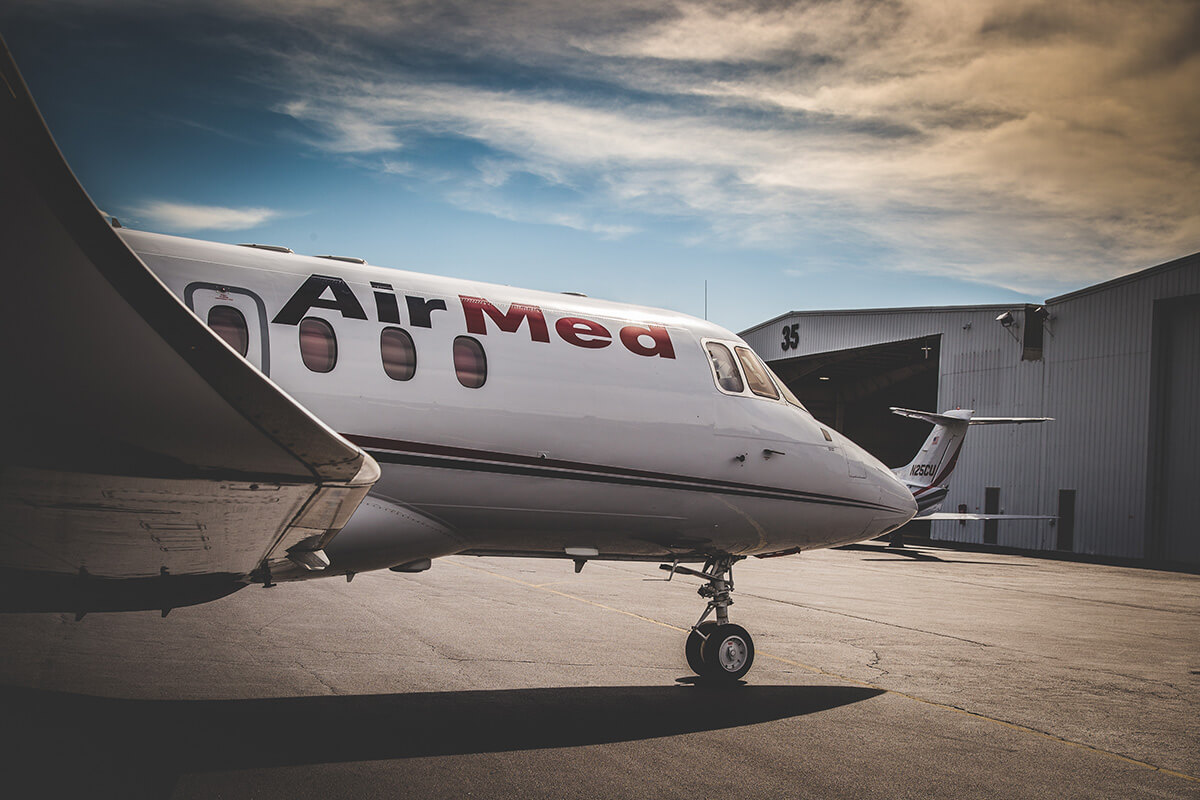A Definitive Guide to Event Medical in Healthcare

Posted on January 27, 2020
Event medical requires collaboration between multidisciplinary groups of professionals to plan and provide medical care for mass gatherings. The event medical staff consists of nurses, paramedics, doctors and Resident-physicians that ensure on-site medical care for thousands of attendees. Event medical involves the full spectrum of emergency medical and risk management for different types of venues, corporate offices and events. Generally, event medical comprises of the following components:
Vulnerability & risk assessment: Event medical healthcare is deeper than managing first aid stations and providing medical care; as it also requires in depth risk analysis. Research forms the basis of the plan, which is based on data gathered from different sources such as historical patterns of medical cases for a given event type, weather forecast and intel from law enforcement.
Planning for event medical services: Given the variable and unpredictable nature of mass gatherings, event medicine demands a well-thought out plan - with flexibility to manage unexpected medical emergencies. Prior to the event, regulations concerning fire, safety and public health codes, amongst other local and state regulations should be addressed. This makes collaboration with appropriate agencies and authorities essential, as all the community serving parties should be aware of the scope of the event and their responsibility in that regard.
Level of care:
A detailed event or venue map with medical units should be made handy for the medical personnel and attendees alike. Deciding event details such as whether the event will require air medical, or whether fixed position or mobile units would be appropriate. Also, the type of medical equipment needed to deal with the risks identified in the risk assessment phase. Guidelines regarding physical characteristics of care units, communications, staffing, logistics, medical equipment, pharmaceuticals, level of care, staffing and patient access should all be predetermined. The plan should also identify the number of air or ground medical vehicles needed. And the fixed number of on-site transportation resources need to be maintained at a constant level.
Human resources: Within the geographic boundaries of the event, the EMS team is responsible for providing healthcare.The number of medical personnel deployed to deliver appropriate care should be based on vulnerability and risk assessment and previous experience. Their responsibilities and communication lines should be made clear. Determining the exact number of EMS personnel is not enough, it is also important to make arrangements for roving coverage to handle life-threatening medical emergencies in the most effective manner.
Medical equipment: Medical equipment needs of every event differ, hence standard protocols are not always enough. Event coordinators shouldn't just have all the basic medical supplies but also make arrangements for restocking medical supplies, if required.
A holistic approach
EMS should be familiar with local hospitals and there should be a plan in place to distribute casualties in the most appropriate manner; if and when they arise. EMS team should take measures to protect the health and well-being of attendees from infections and unintentional injuries. An EMS operation planned for mass gathering is not limited to contractual relationships, medical care, duration or geographic limits, but also addresses the relationship of the medical sector to other areas such as security, fire suppression, venue administration and logistics.
Communication
Unrestricted information flow is a necessity for any operation of this nature to be executed successfully. Radios or phones should be made available, so that the EMS staff can not just effectively coordinate amongst themselves but other agencies and event staff involved as well. Clear lines of responsibility and authority should be established for the medical personnel prior to the event.
Documentation
Proper documentation, along with log sheets should be maintained to manage the event medical services. These can then be used to create post healthcare reports. Any discrepancies and refusals by patients should also be documented.
Improvement
Delivery of medical care should be constantly improved. The event EMS coordinator should therefore make sure that all the basic facts and figures of medical care and patient volume are recorded. Once the event is concluded, a report on performance needs to be delivered, within a reasonable time period.